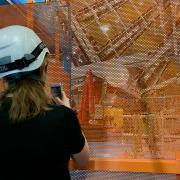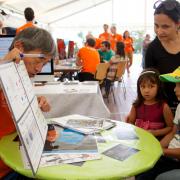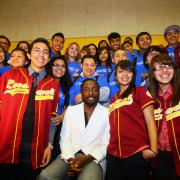Access to Collaboration Site and Physics Results
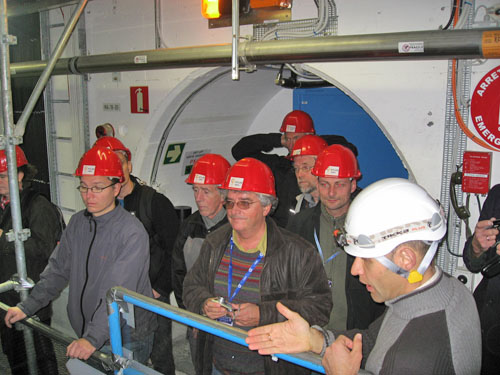
"It's amazing that you have to build something so huge to measure such extremely small things," said Tom Christiansen from Telemark in Norway, after visiting the ATLAS cavern. His sentiment about the size of the ATLAS detector was shared by the thirty–one other physics teachers who, together with Tom, attended the first Norwegian Teacher Programme run at CERN, in November 2007.
Going down into the ATLAS pit is one of the highlights of the teachers programme, and it has been very popular with teachers in each of the 21 different sessions run this year.
Throughout the week, the Norwegians had the opportunity to attend lectures, get their hands on physics experiments and visit different sites at CERN, activities that have brought the teachers closer to the complexities of particle physics. "Learning what is happening at the front–end of science is very stimulating" said Christiansen.
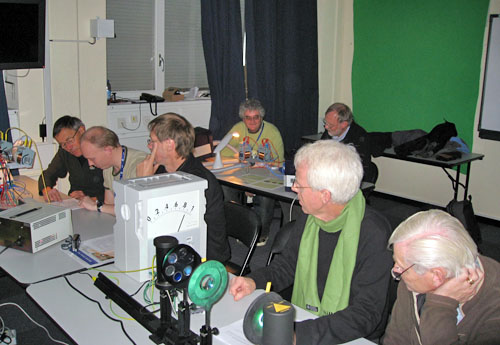
Steinar Stapnes, coordinator of the Norwegian programme, thinks that the understanding the teachers gain at CERN about the latest in particle physics will help them motivate their students back in the classroom not only in physics, but in science in general.
Stapnes, the deputy spokesman for ATLAS, contacted fellow Norwegian scientists at CERN and encouraged them to get involved in the five–day programme. "Being a small community, the CERN–based Norwegian scientists are used to working together to support visitors from our northern home country," Stapnes said. He gave a lecture on detectors, and also accompanied the teachers on their visit to the ATLAS cavern.
Ole Rohne is another Norwegian ATLAS physicist who participated in the programme. Besides going down into the cavern with the teachers, he also helped them with hands–on activities. "Doing physics experiments is very useful to help the teachers — and ultimately students to realise that physics is not just mathematical formulate, but actually experimental science — it happens in the lab", says Rohne.

The teachers thoroughly enjoyed all of the activities during the week and were pleasantly surprised with the scientists’ skills at explaining complex scientific issues in a clear way. "They are really good communicators," said Liv Torill Kjeldsen, a teacher from Tromso. "They are addressing our students’ needs by talking to us teachers at the right level."
At the end of the week, the Norwegian programme was rated a success by all parties involved. Tom Christiansen summed up the view of the visitors: "What we have learnt here is not only valuable in physics", he said. "The most important thing is the feeling you get about the unifying power of science, and how people from different countries are collaborating on big projects because they have a common goal."
The thirty–six teachers are now back in Norway equipped with lots of ideas for physics experiments, clear explanations for complex science issues, and educational material about ATLAS and other experiments at CERN.
These tools will help the programme achieve its main goal: motivating students to get into physics and science. This really works; Stapnes was himself lured into physics by an encouraging teacher. "At high school, I had a science teacher who told us about CERN because his brother was a physicist working at CERN. That was an important motivation for me," says Stapnes.


